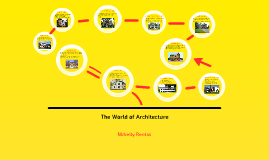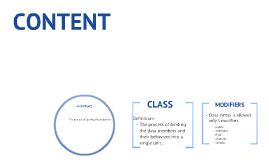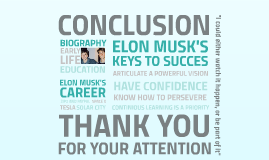Technical Presentation
Transcript: Goals 2024 Julie Litz SMART Criteria for Goals Team Roles and Responsibilities Pro How to work out your concepts Professional Development Applying the SMART framework enables teams to create clear and actionable goals. Specificity directs focus, measurability tracks progress, achievability sets realistic expectations, relevance aligns with organizational priorities, and time-bound elements promote timely completion. Clearly defined roles and responsibilities are vital for successful implementation. Each team member should be aware of their specific duties, which fosters accountability and collaboration, reducing overlaps and gaps in task fulfillment. Goal Setting Strategies Monitoring and Evaluation Future Outlook and Trends Communication Plan Prioritization of Technical Initiatives Tracking Progress Key Performance Indicators Resource Allocation Conclusion and Next Steps Effective goal setting is crucial for aligning technical teams with organizational objectives. Utilizing structured frameworks like SMART criteria ensures that goals are specific, measurable, achievable, relevant, and time-bound, fostering clarity and direction. Effective monitoring and evaluation are critical to achieving technical goals. These processes provide insights into progress, facilitate informed decision-making, and ensure alignment with objectives, optimizing performance and resource allocation. Emerging technologies such as AI and automation are pivotal to our future goals. Staying ahead of these trends will allow us to leverage new tools and methodologies, ensuring we remain leaders in our field. An effective communication plan outlines how information will be disseminated among team members and stakeholders. It specifies channels, frequencies of updates, and feedback processes to ensure transparency and alignment throughout the project. Systematic prioritization ensures that technical projects align with business objectives and resource availability. Using methods like the Eisenhower Matrix assists teams in distinguishing between urgent and essential initiatives, facilitating effective decision-making. KPIs are essential for measuring the success of technical goals. Metrics such as project completion rates, resource utilization, and defect rates provide concrete evidence of performance against the stated objectives. Establish clear metrics to track progress against set goals. Use tools like dashboards and progress reports to visualize data, enabling teams to assess performance in real-time and make necessary adjustments to stay on course. Effective resource allocation involves identifying the necessary tools, budget, and personnel required for each goal. Properly allocating resources maximizes efficiency and ensures that no goal is under-resourced or neglected. Summarizing the key aspects of our technical goals and outlining actionable next steps ensures a focused path forward for the upcoming year. Action Steps for Each Goal Alignment with Organizational Vision Timeframe and Milestones Reporting Outcomes Call to Action for Team Engagement Recap of Goals Importance of Setting Goals Feedback Mechanisms Establishing goals provides direction and purpose. They act as benchmarks for evaluating progress and success, fostering accountability and motivation throughout the team. Each goal should be accompanied by specific action steps that outline precisely what needs to be done, when, and by whom. This ensures that all team members understand their tasks, timelines, and the context of their contributions. Establishing a clear timeframe within which goals should be achieved creates urgency and accountability. Identifying critical milestones allows teams to evaluate progress and make necessary adjustments to stay on track toward goal completion. Engaging every team member is essential for achieving our goals. Regular workshops, feedback sessions, and collaborative projects will motivate and empower our team to take ownership of their contributions. Technical goals must align with the overall organizational vision and mission. This congruence ensures that all technical efforts contribute to long-term sustainability and competitive advantage in the marketplace. Transparent reporting of outcomes fosters accountability and supports strategic decision-making. Regularly communicate progress and results to all stakeholders to reinforce commitment and promote knowledge sharing. This year, we aimed to enhance system security, improve software efficiency, and boost team collaboration. Each goal aligns with our company's strategic vision while promoting innovation and operational excellence. Implement structured feedback systems to gather insights from team members and stakeholders. Regular check-ins and surveys can provide valuable input for evaluating goal achievement and identifying areas for improvement. Implementation Plan Overview of Technical Objectives Stakeholder Involvement Importance of Continuous Improvement Adjustments and

















